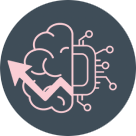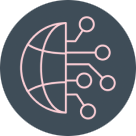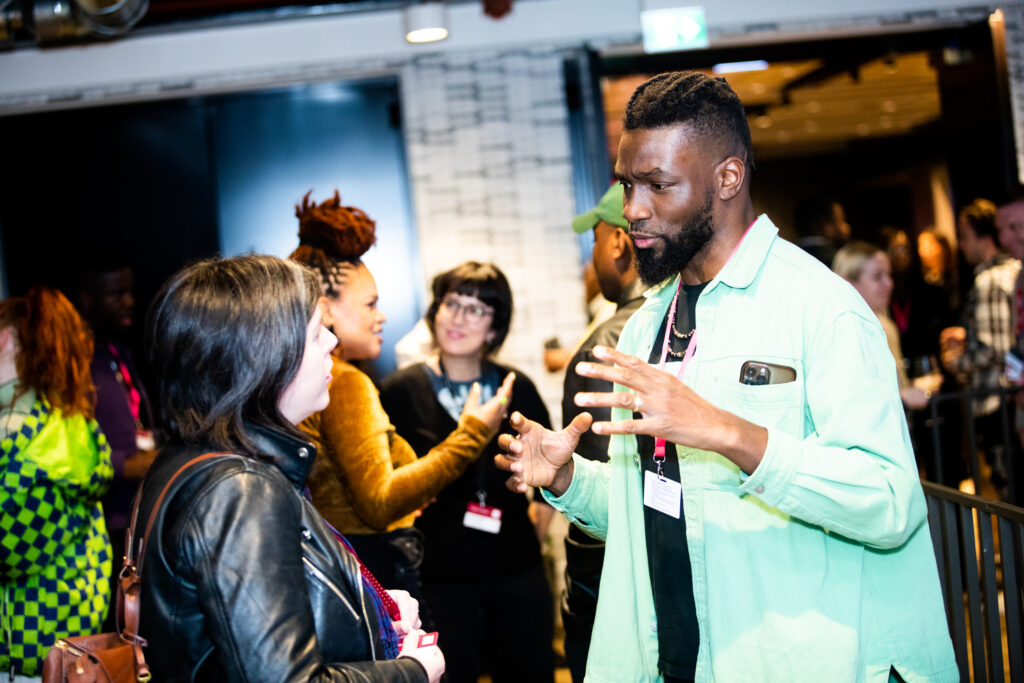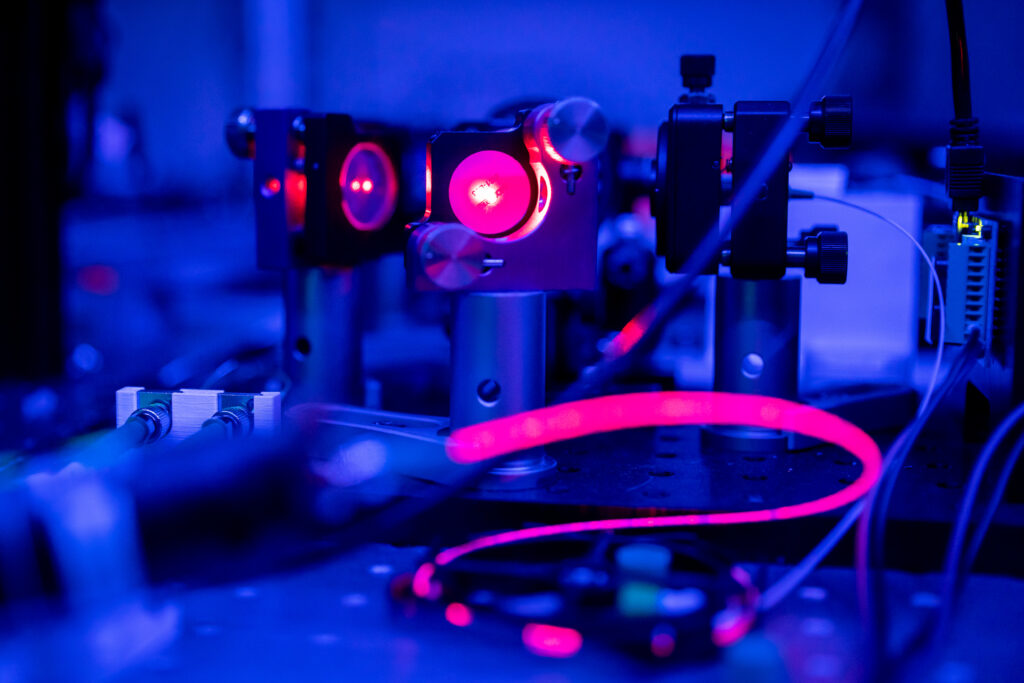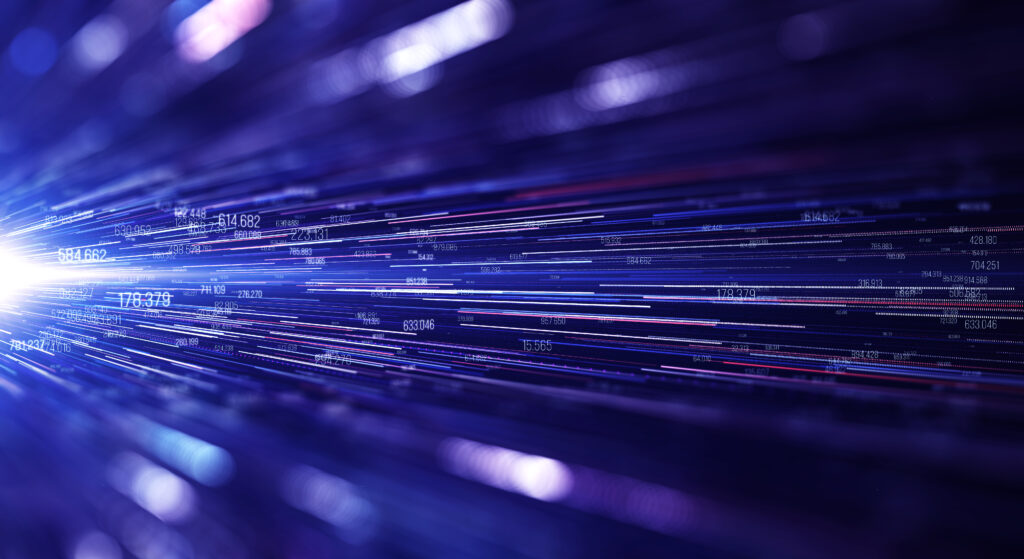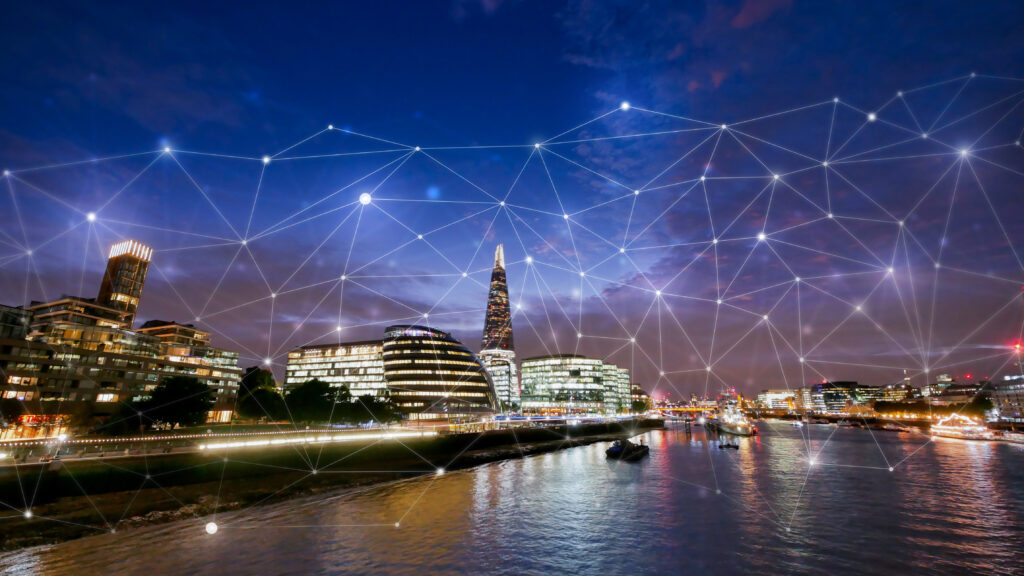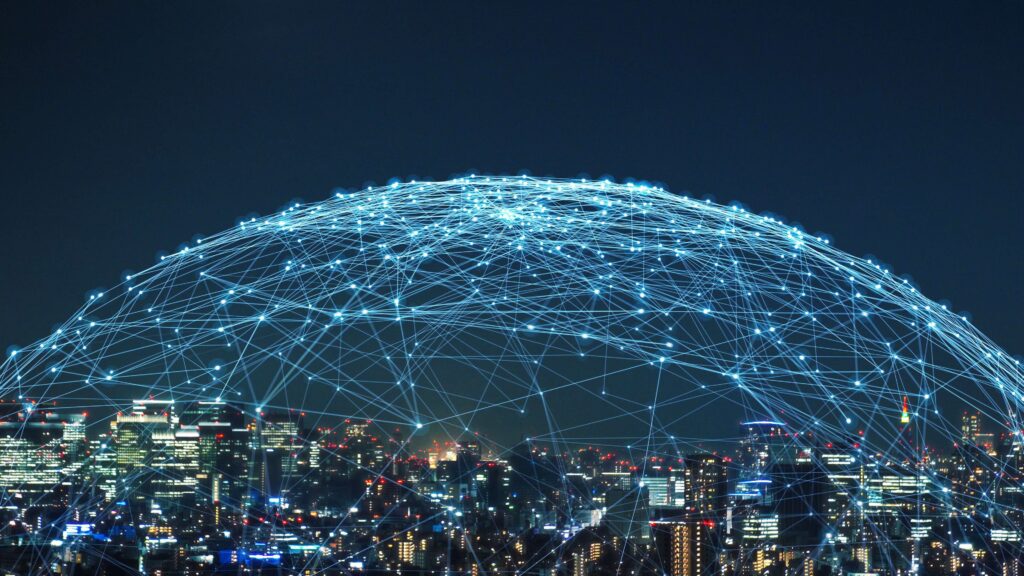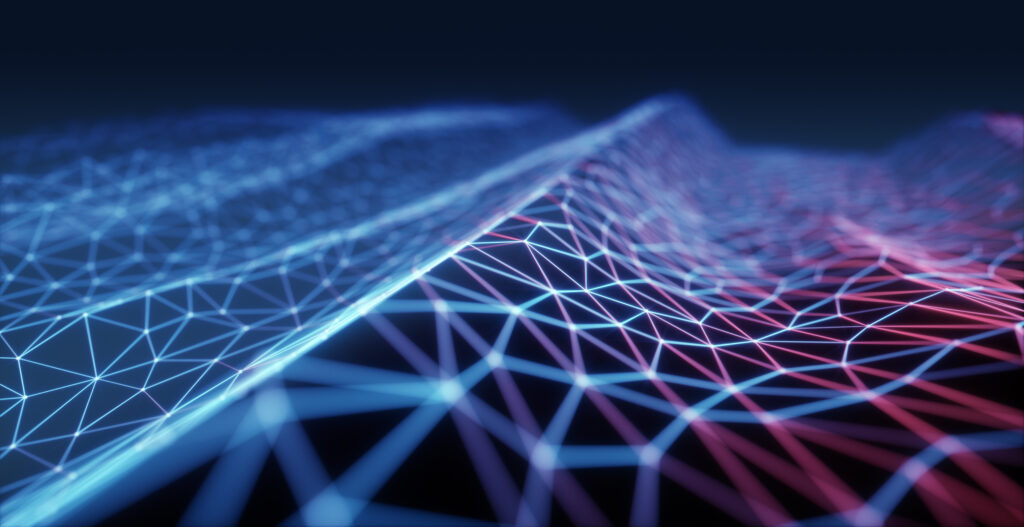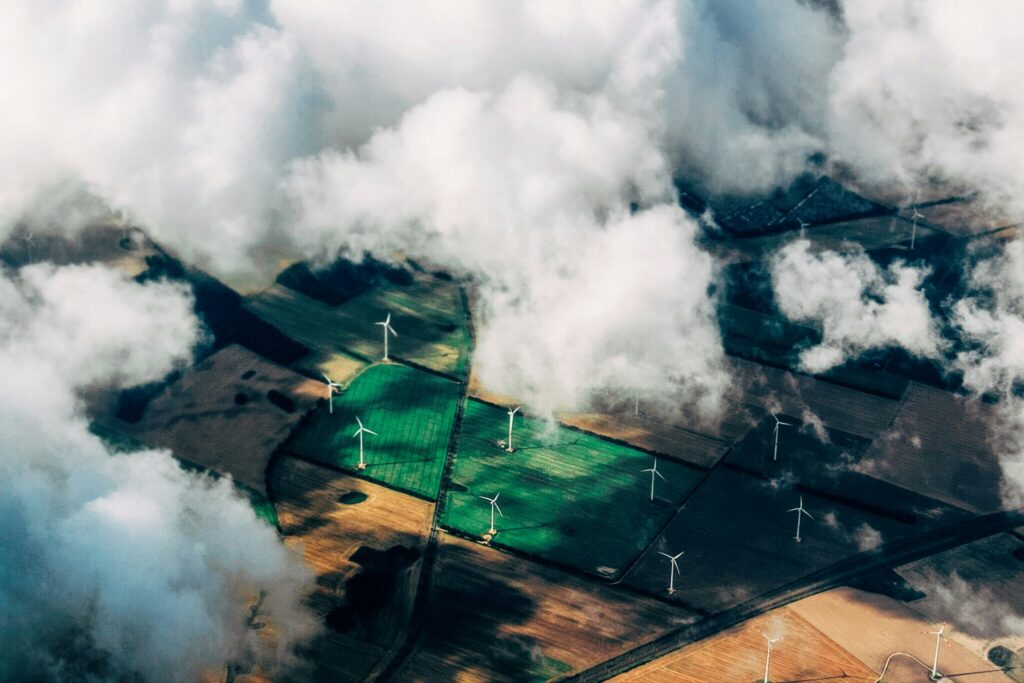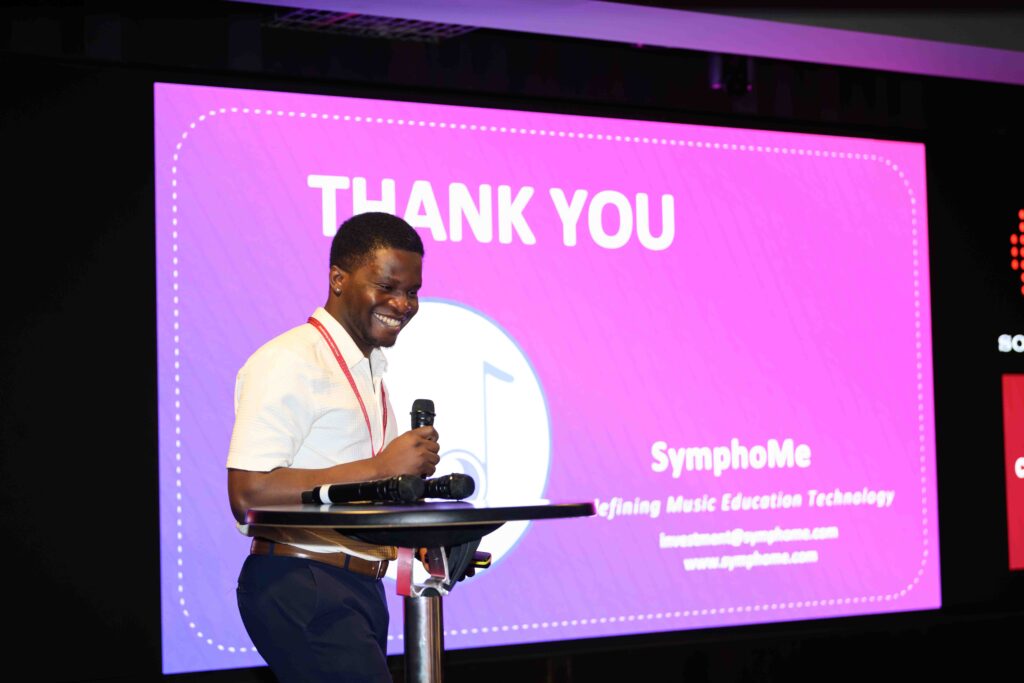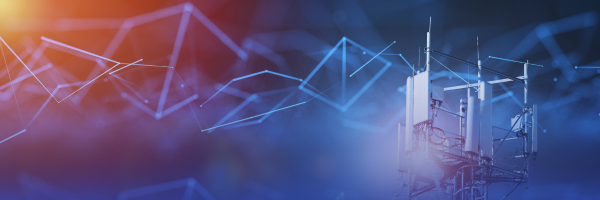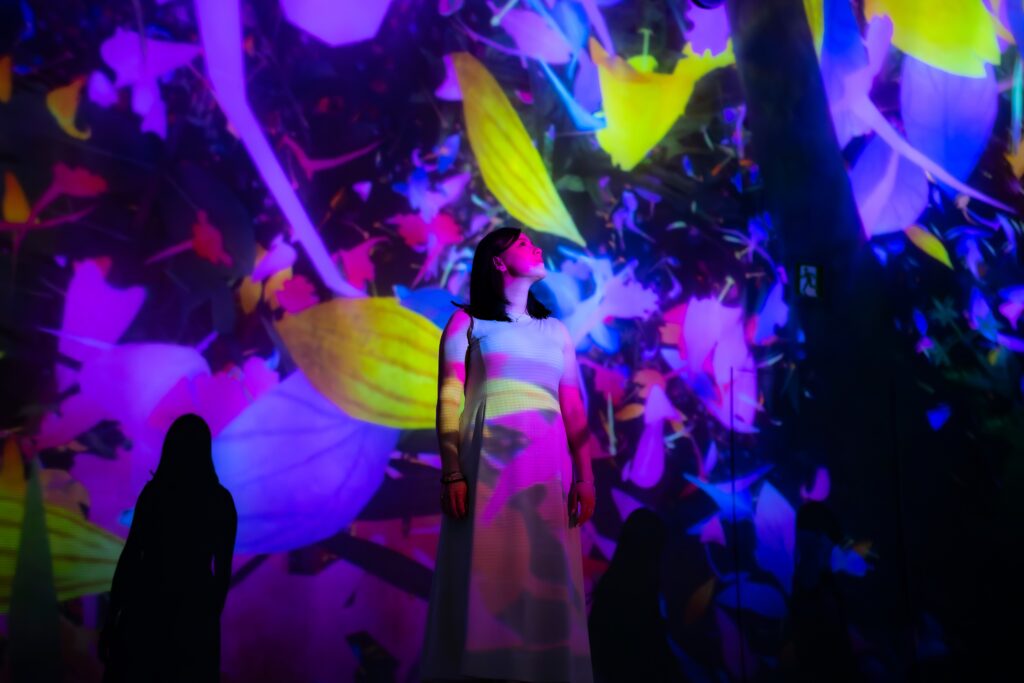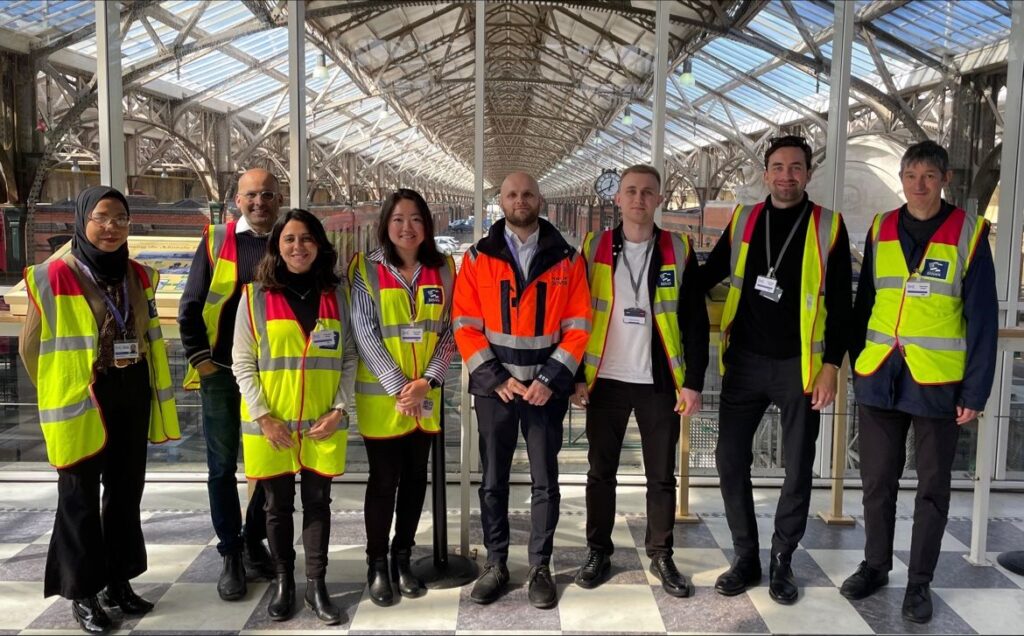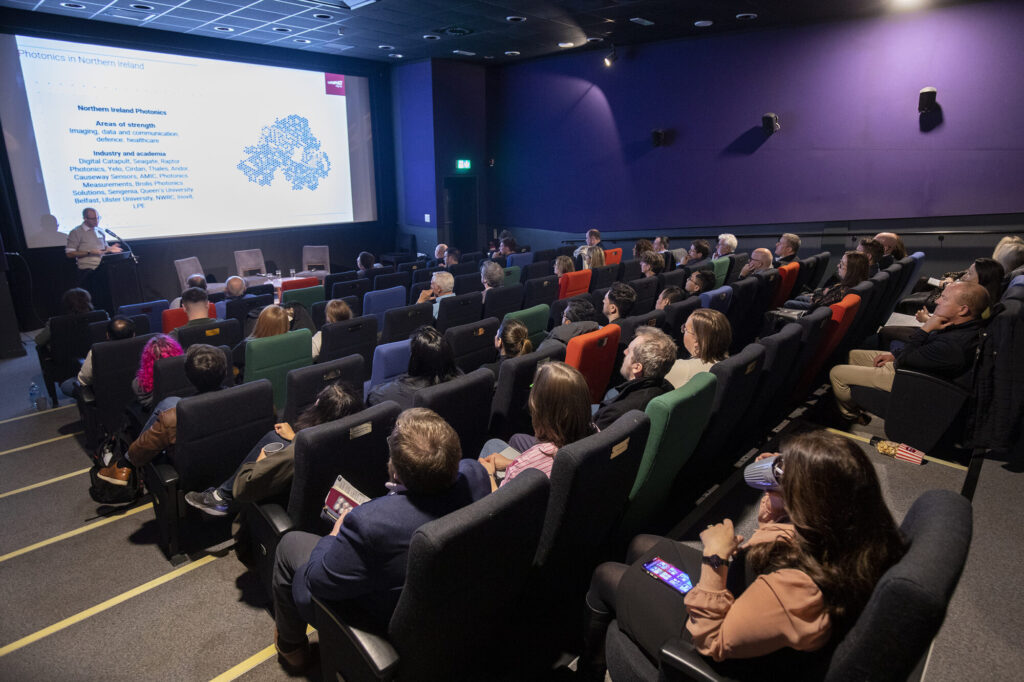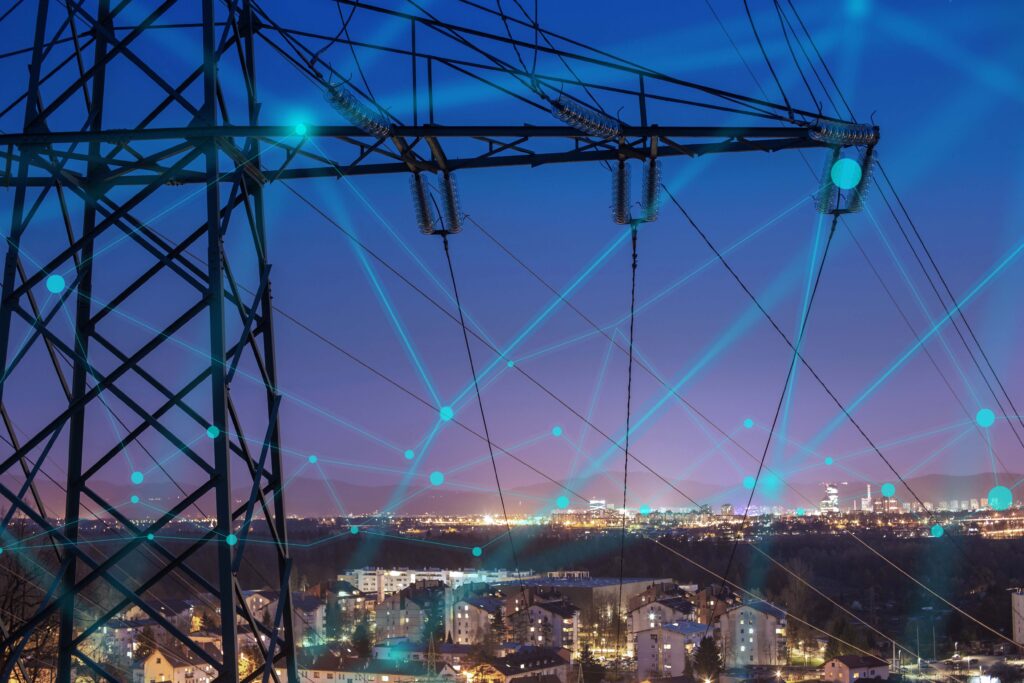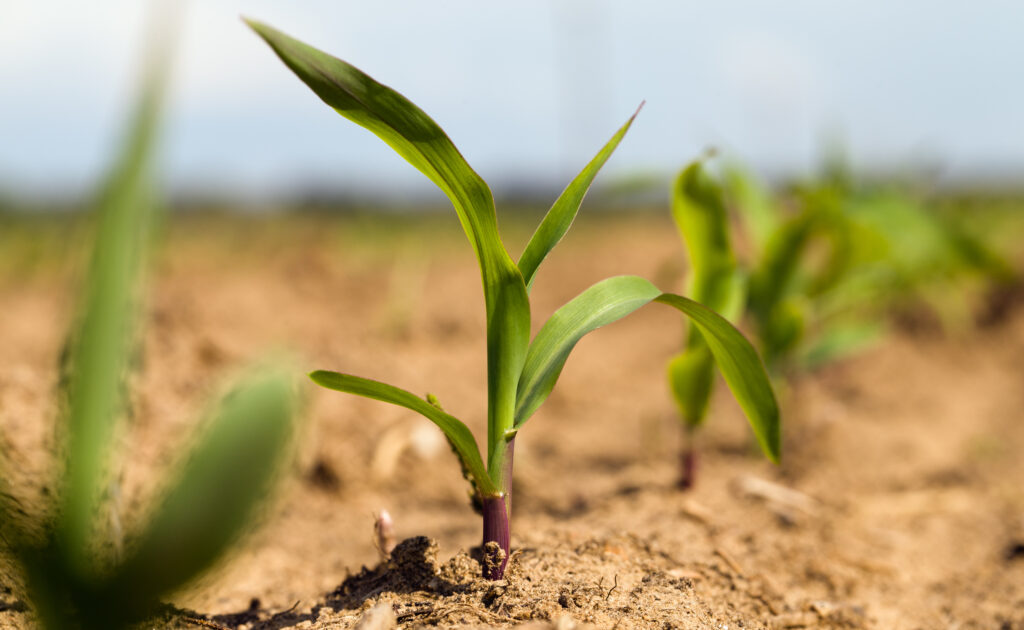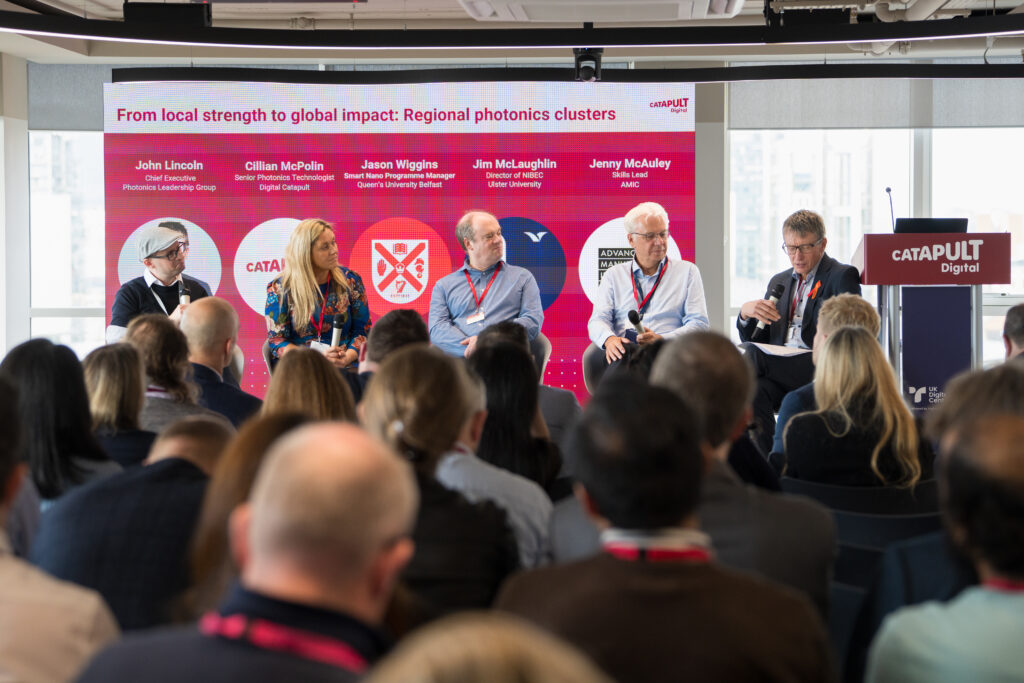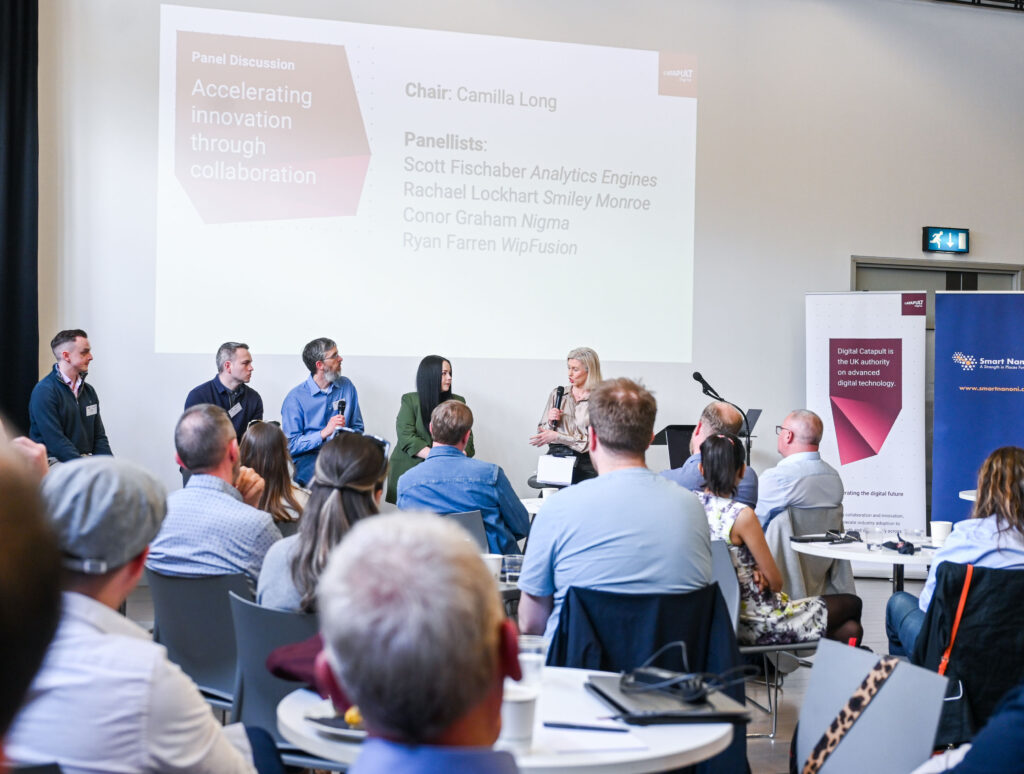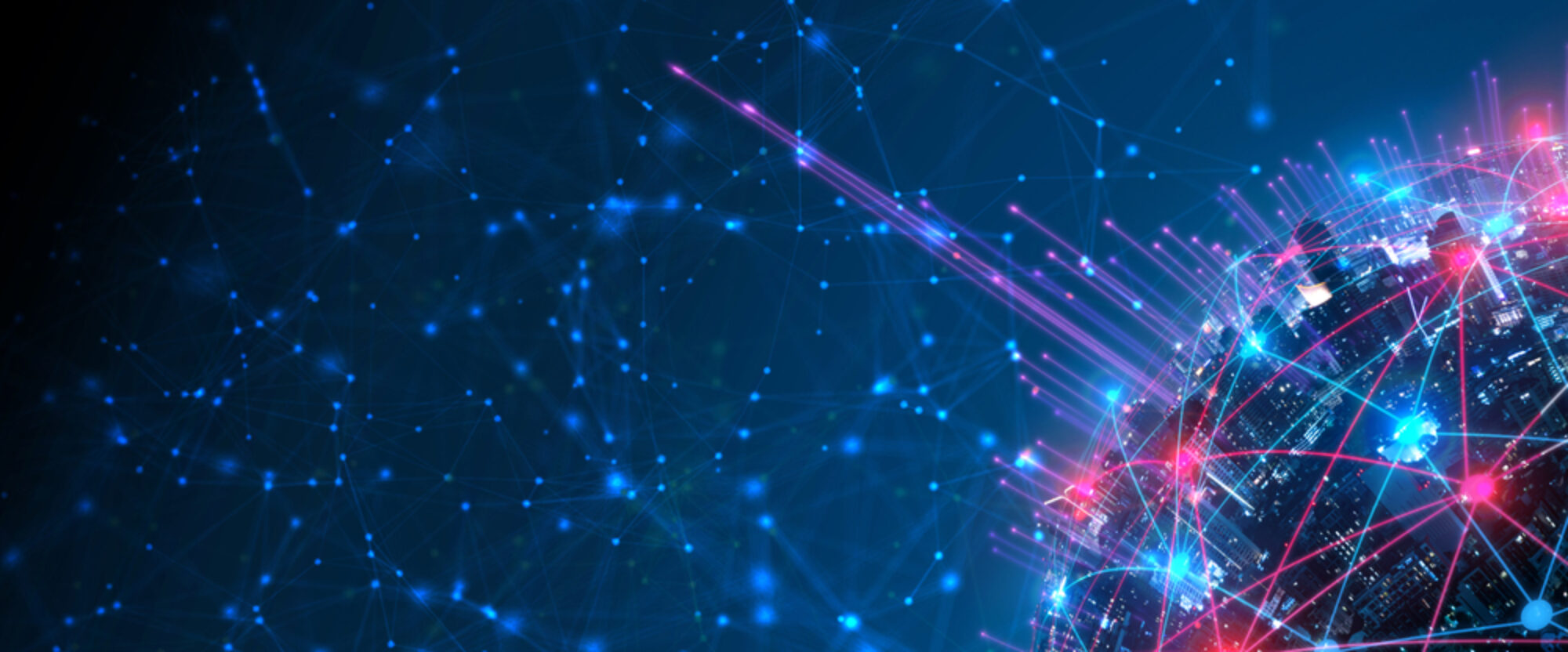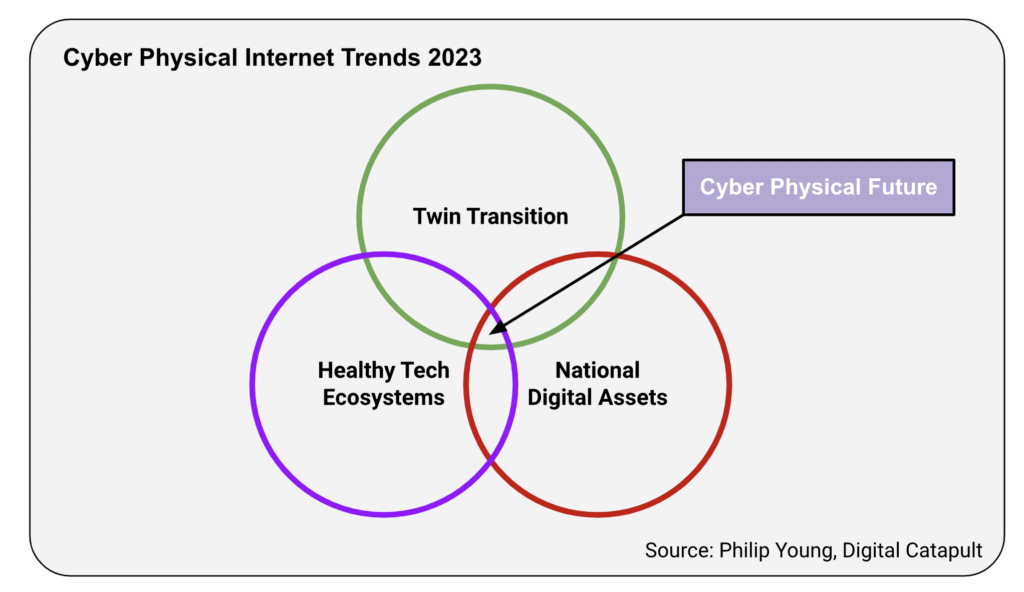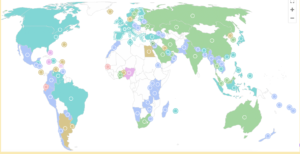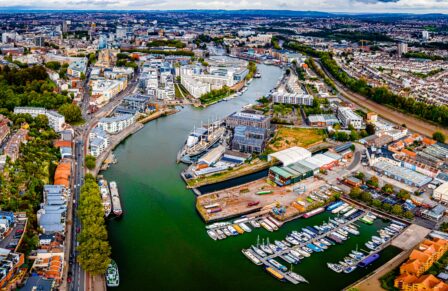Looking back at 2022
Last year in our Digital Future Index, Digital Catapult predicted that we would see three big technology themes emerge in 2022; (1) The increased use of remote and autonomous machines (2) The rise of the Metaverse and (3) The journey towards Digital Twins. We were not disappointed to have seen a significant increase in investment and activity in remote operated robotics and complex cyber physical systems, new human machine interaction, a scramble to define what the Metaverse is and can be, and the kicking-off of various industrial Digital Twin initiatives.
Unsurprisingly these themes will continue into 2023 – but what we are starting to see is the transition across the Gartner hype cycle from initial inflated expectations (hype) -> reality vs expectation -> commercialisation and maturity. This leads us to the points below:
- The expansion and battle for market supremacy in our theme areas
- The splintering of those areas into subset areas of activity
- The dismantling / scrutiny of those trends to test if they are “really a thing.”
- At the very top level, where we see most of the jostling for position, we are witnessing the emergence of a new internet that brings the physical and digital worlds together utilising a wide range of advanced digital technologies. From new human machine interaction tools like augmented reality that will layer information over the physical environment, new robotic systems such as drones and autonomous delivery bots, better connectivity using “real” 5G, the data architectures, platforms and models that will underpin complex cyber physical systems such as digital twins. While the focus tends to be on either Digital Twins AND/OR Metaverse (or any other complex systems that might spring up with a new name) – all of these new terms should be considered together under the same umbrella, the architecting of a “Cyber Physical Internet” and the variety of complex considerations that will come with that. This internet might be called the Metaverse in the future, it might be called something else – but it is coming.
When people talk about the premature death of the Metaverse we should therefore be careful. The term Metaverse may or may not stick over the next few years, but what is certain is that a new generation of digitalisation is happening – underpinned by new human machine interaction, advanced visualisation and immersivity, games engines, simulation models, artificial intelligence, blockchain and advanced digital infrastructure. The success of this new phase is reliant on building healthy tech ecosystems for the future, avoiding the business models of the past and balancing the dominance of big tech. Pretending we are already seeing the end of the Metaverse will just lead us to sleepwalk into the same challenges we have faced at each zeitgeist moment of the internet (e.g. the dot com boom, smartphones and the rise of social media engines etc.) and miss the opportunity to build capabilities that work for everyone. We are at a global level undergoing a reimagining of the future of digital technologies and the markets that underpin them, to build a new vision for a cyber physical future.
Looking forward to 2023
It is for this reason that rather than considering breakthrough technologies on their own (of which there are always many, this year OpenAI’s ChatGPT3 and Generative AI for example) – we are likely to see those technologies integrated into and enabling new features of this emerging extension of the internet. The trends we expect to see and are keen to address at Digital Catapult are broader than one set of technologies over another, taking a systems thinking approach to consider how this cyber physical internet will manifest itself, tackle challenges and create new opportunities in 2023 and beyond.
The macro tech innovation trends for this cyber physical internet in 2023:
- National scale advanced digital technology assets: 2023 will kick start the development of large national advanced digital technology assets and architectures. This will include the development of high profile Central Bank Digital Currencies (CBDC), national digital twins and data architectures, testbeds for the real world metaverse and web3, and digital critical national infrastructures for a cyber physical internet.
- A drive towards healthier advanced tech ecosystems for the future: This year will see the encouragement of better business models for technology ecosystems, including trust & transparency, interoperability and openness by design. Ensuring that we move beyond considering just the ethics of technologies – to the sustainability, resilience and diversification of the technology supply side at a national and international level.
- The Twin Transition of Digital & Sustainability: Digital and sustainability strategies will become entwined, underpinned by digital twins and sustainability data – utilising shared interests from across the public and private sectors to drive goals.


